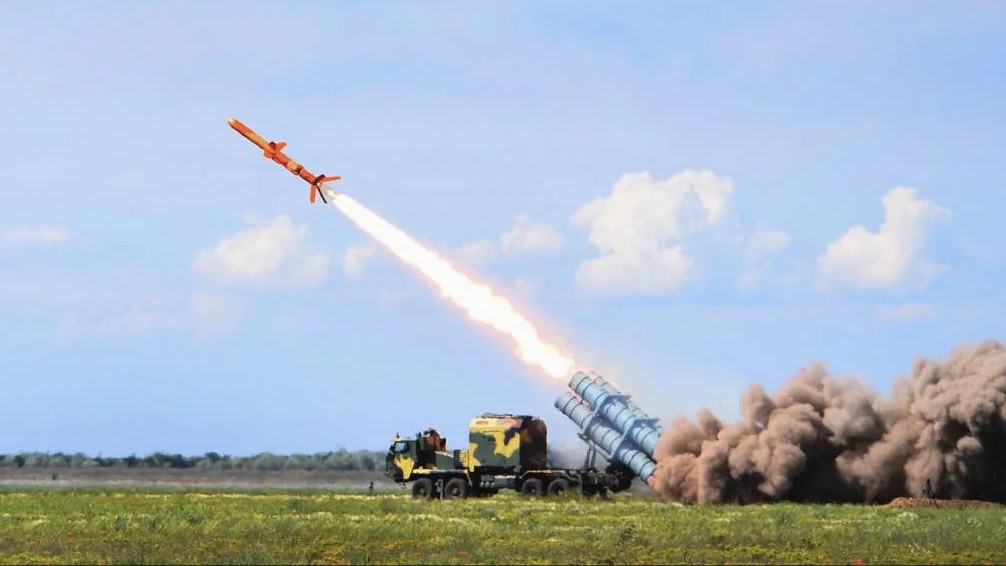Indian Army's Stryker Armoured Vehicle Deal Hits Uncertainty Amid India-Canada Tensions

In the wake of deepening diplomatic tensions between India and Canada, the Indian Army’s pursuit of the Stryker armoured vehicle has entered a complicated limbo. The controversy was ignited by Canadian Prime Minister Justin Trudeau's public claims about Indian government involvement in the death of Khalistani separatist Hardeep Singh Nijjar—a claim India has fervently denied. This standoff has placed significant pressure on India’s defence procurement strategies, especially concerning the General Dynamics Land Systems Canada (GDLS-C) manufactured Stryker vehicle.
The Stryker armoured vehicle is renowned for its versatile 8x8 configuration, equipped to handle challenging terrains, and its capacity to integrate advanced weapon systems, making it appealing for India’s mountainous border areas like Ladakh. Initially discussed during a 2023 2+2 ministerial dialogue between India and the United States, this armoured vehicle's potential role was strategic, primarily envisioned to enhance mobility and firepower in regions of military tension, especially against China's border advancements. Yet, as the diplomatic rift widens, experts are questioning whether moving forward with a Canadian-manufactured defence asset is prudent for India’s national security optics.
As geopolitical tensions take centre stage, there is a surging advocacy for prioritizing indigenous armoured vehicle solutions over imports. At the forefront of this push is the Wheeled Armoured Platform (WhAP), an indigenous 8x8 amphibious vehicle co-developed by the Defence Research and Development Organisation (DRDO) and Tata Advanced Systems. Designed to deliver adaptability for roles ranging from infantry transport to reconnaissance, the WhAP features modular capabilities, allowing for varied armaments, including anti-tank and heavy machine gun configurations. Industry stakeholders argue that investing in the WhAP not only aligns with India’s "Make in India" ambitions but also shields the country from the vulnerabilities of foreign diplomatic conflicts.
Moreover, the WhAP is not without international appeal. Countries like Morocco have shown interest in this homegrown platform, and it is seen as a cost-effective and export-worthy contender in the global defence market. With partnerships involving Tata, Mahindra, and Kalyani already developing specialized variants, the WhAP’s potential appears robust and versatile. The call to shift focus to such indigenous platforms isn't purely patriotic; it represents a strategic drive to bolster India’s defence autonomy while strengthening its domestic manufacturing sector, a move that could prove crucial if geopolitical tensions continue to affect foreign defence procurement.
The Indian Ministry of Defence faces a complex decision: to proceed with negotiations over the Canadian-origin Stryker, risking potential diplomatic backlash, or to double down on domestic alternatives like the WhAP. The choice will reflect India’s broader strategic priorities as it aims to secure its borders while navigating a rapidly shifting international landscape.


